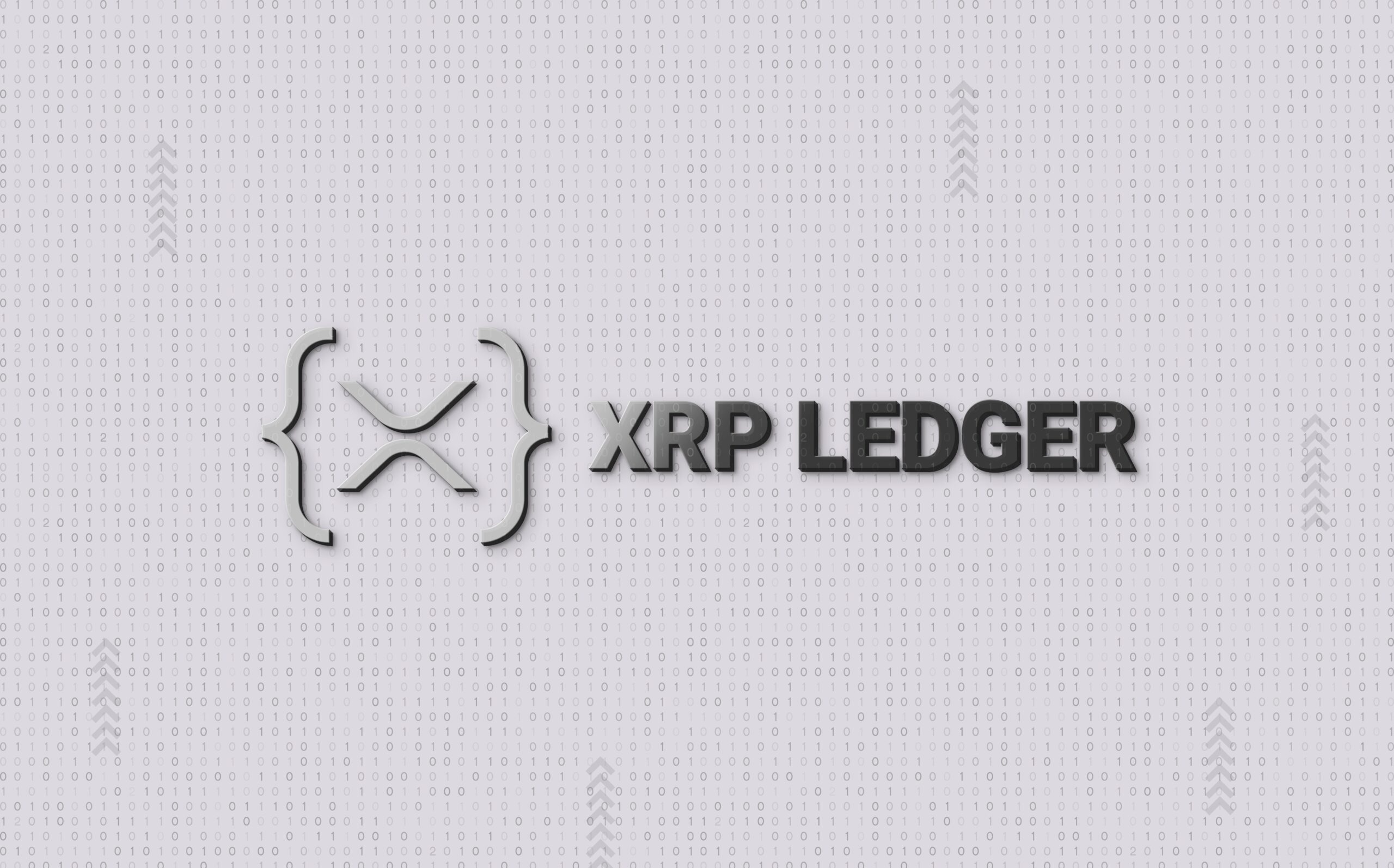Key Insights
- XRPL’s new XRPScan feature allows real-time tracking of base transaction fees, enhancing ledger transparency.
- XRPL proposes a significant fee hike from 10 to 200 drops to compensate network validators fairly for their services.
- 2023 milestones for XRPL include the Xahau sidechain launch and upgrades, bolstering its competitive edge in digital finance.
The XRP Ledger (XRPL) marks progress in enhancing transparency, notably by introducing a new feature by XRPScan, its explorer service. The new feature lets users directly view the base transaction fee on the blockchain. While the XRPL has gained recognition for facilitating substantial transactions, particularly in payments and cross-border settlements, this recent development has brought attention to its fee framework.
Community-Led Fee Adjustment
Dr. J. Scott Branson, an Advisor to the XRPLF, has long advocated reassessing the base transaction fee on the XRPL. He argues that the current fee is disproportionately low, given the overhead required for processing and storing transactions. Additionally, the recent surge in transaction volume on the XRPL further underscores this concern. In response, Dr. Branson, through the Cabbit Tech validator, spearheads a vote to increase the base fee from 10 to 200 drops.
Consequently, this feature by XRPScan enhances the ledger’s transparency, giving users a clearer view of ongoing changes. Moreover, this move is likely to affect the network’s dynamics significantly. By raising the fee, the validators, who play a crucial role in maintaining the network, could benefit from improved service compensation.
WietseWind, the founder of XRPL Labs and creator of the Xumm Wallet, aligns with Branson’s perspective. He notes that the proposal will be up for voting during the next scheduled maintenance. This collaboration among top leaders in the XRP ecosystem signifies a collective effort to balance the ledger’s cost efficiency with fair compensation for validators.
XRPL Evolution and Competitiveness
In 2023, the XRPL achieved several notable milestones. These accomplishments include introducing the Xahau sidechain to the mainnet and implementing upgrades to improve its Decentralized Exchanges and NFTs. These developments highlight the ledger’s evolution and commitment to staying competitive in the digital finance space.
The proposed fee increase is a testament to the XRPL community’s proactive approach to addressing challenges. With this change, the XRPL positions itself as a more robust platform, potentially attracting new applications. Hence, it could become a stronger competitor against leading blockchains like SOL, ETH, and AVAX.
The XRPL has exhibited resilience and adaptability by incorporating the recently introduced fee-tracking feature by XRPScan. This is complemented by the proposed fee increase, indicating a commitment to sustaining a balanced and enduring ecosystem. This shift could usher in a new era for the XRPL, attracting diverse applications and solidifying its position in the blockchain sphere.
